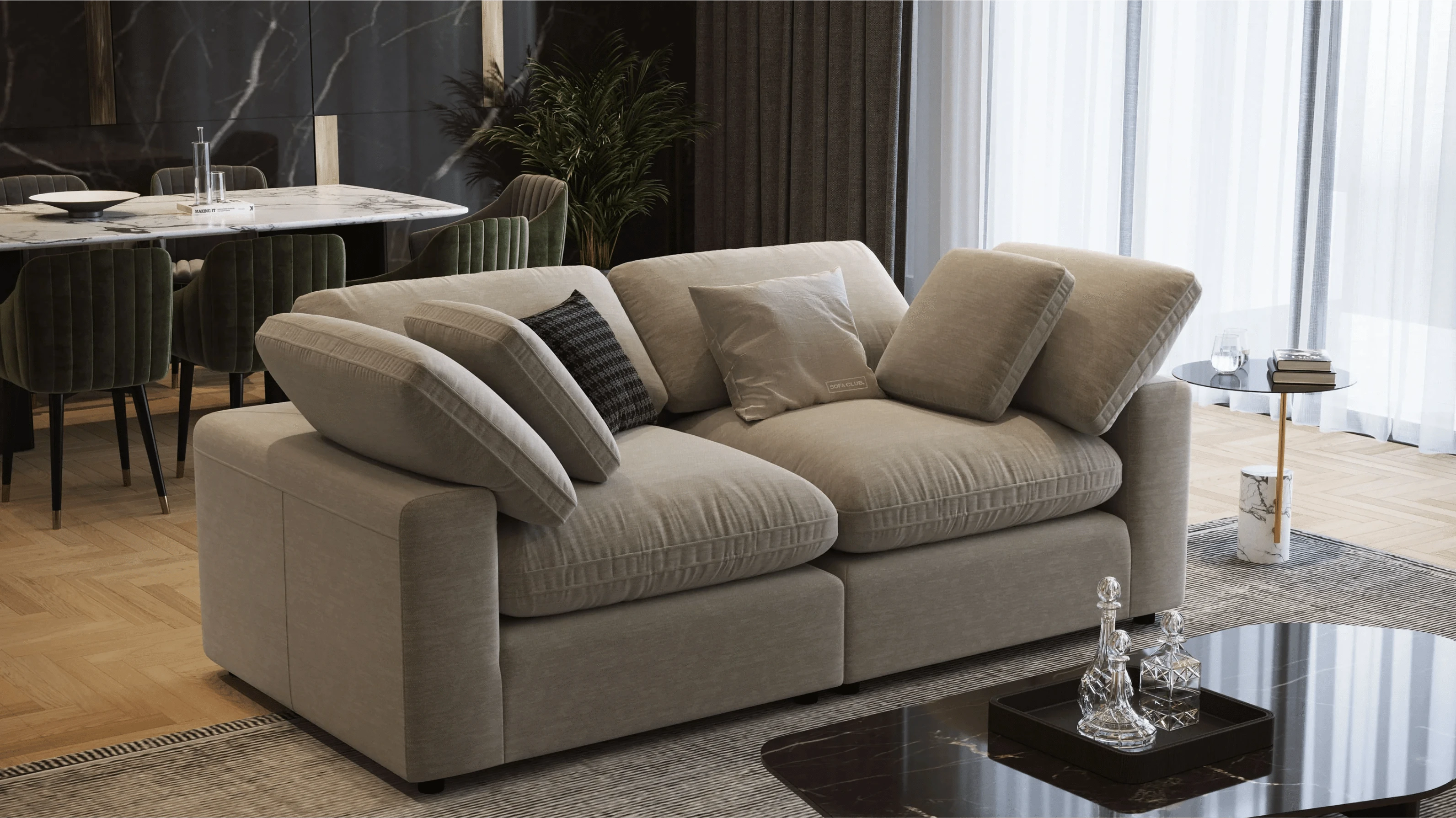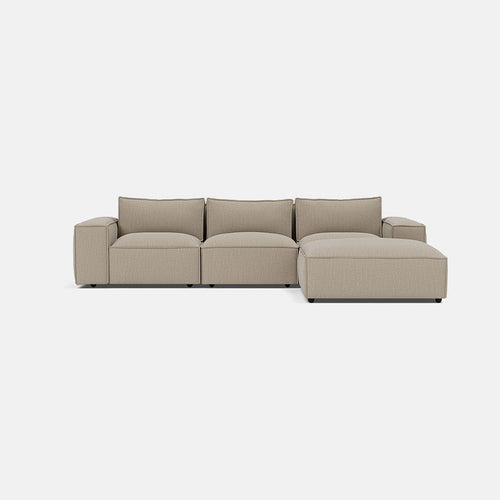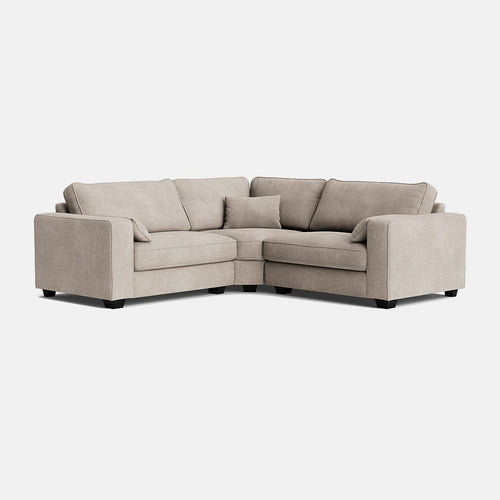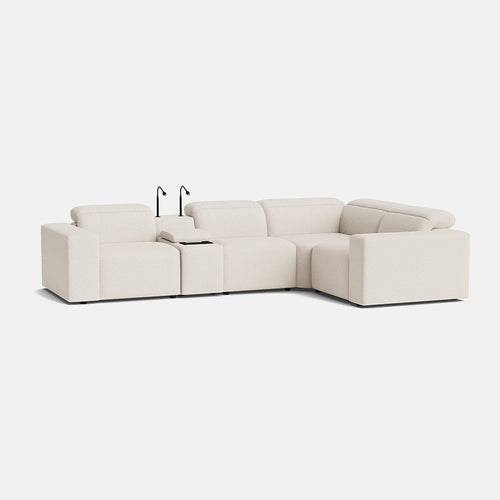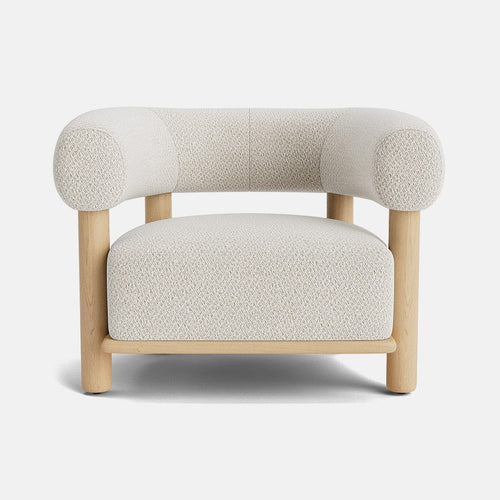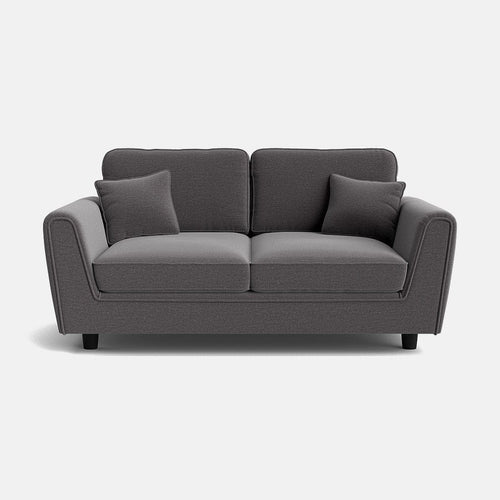‘Hygge' and ‘Wabi-sabi'.
Two words that you may not be familiar with, but which come together to create the interior design style ‘Japandi'. Something we have no doubt has been frequenting your FYP.
It's everywhere at the mo.
At Sofa Club, we know trends – and as far as lounges and living rooms are concerned, this is set to be one of the biggest in the coming year. So why not grab yourself a green tea (or a sake), get comfy, and read on to reach ninja status in Japandi styling.
What is Japandi interior design?
Japan and Scandinavia are two completely different parts of the world that don't have a lot in common. But when it comes to interior design, they're more similar than you think.
They both focus on simplicity, natural materials and comfort. Which is why, more and more designers are bringing the two looks together and calling it ‘Japandi'.
Japandi interior design combines the comfort of Scandinavian ‘hygge', with the Japanese concept of ‘wabi-sabi' – which focuses on finding beauty in imperfection. Minimalism is fused with cosy chic, creating a space that's pared-back yet inviting.
Think clean lines, neutral tones, low-lying furniture and a few big leafy plants.

5 Japandi living room ideas
This is a simple interior design style, that's also simple to implement.
No need to master the art of wabi-sabi thinking or move to Denmark. Creating your own Japandi living room can be as simple as switching up the colour of the walls, investing in a new sofa or introducing a few new pendant lights.
Here's a little inspo to get you started.
1. Choose neutral colours
Vibrant colours are off the agenda.
One of the key principles of Japandi design is a neutral palette. We're talking white, beige, grey or pastel red as the main shade – with a little hint of black or gold to serve as a contrast.
That doesn't mean you have to stick to a completely monochrome look.
To make the space more welcoming, opt for furniture in warmer tones and add a couple of plants for greenery. If you're keen to introduce an accent colour, lean towards muted blues, greens and browns – and try to limit these colours to accessories such as vases, cushions and rugs.
2. Use a mix of natural materials
Japandi has sustainable, natural materials at its heart.
Think wood, bamboo, hemp, stone, marble and linen. All unstained and untreated to show off their natural beauty – wabi-sabi style. With a focus on quality and pieces that last a lifetime.
The trick is to use a mixture of these materials.
Perhaps pair a handcrafted Scandi coffee table with a sisal rug? Introduce a few asymmetrical ceramics and terracotta pots? Swap out your old light shade for a paper lantern? Add a couple of rattan chairs? Or a jute circular floor cushion? And remember to stick to lighter, neutral shades.

3. Add wall texture
Slatted wall panelling has become a huge interior design trend recently – and that isn't a coincidence. It's because it's one of the easiest ways to introduce Japandi style to a living room.
The beauty is – you can do as much or as little as you like.
If you're feeling daring, panel a whole feature wall or the entire room with thin dark slats. Or, to keep things subtle, either add a few vertical wood strips to one wall or clad the side of a table or shelving unit. It's all about adding textured visual interest without overpowering the space.
4. Go low with the furniture
Sitting on the floor is a traditional part of Japanese life – so it's no surprise that low-lying furniture is a cornerstone of Japandi interior design. There's no need to invest in a tatami mat or learn how to sit in seiza just yet. But when it comes to your sofa, the closer it is to the ground, the better.
Here at Sofa Club, our Primrose sofa fits the bill perfectly.
Designed with the principles of Japandi in mind, it has that all-important low profile – with cosy pillow back cushions and sleek black feet. It offers the perfect balance of simplicity and minimalism. And it comes in two muted, neutral tones, slotting effortlessly into a Japandi colour scheme.
Simply pair it with a low-level coffee table to create an authentically Japanese vibe.
5. Keep lighting practical yet cosy
In true Japandi style, lighting should also air on the side of simplicity and practicality.
For a start, lights need to be strategically placed, to illuminate key areas – such as over your Japandi sofa or above a table – and ensure the space is functional. But you should also keep the principles of ‘hygge' in mind and try to create soft pools of light that make the room feel warm and cosy.
Low-hanging pendants are a great choice – particularly if they're made from paper. Echoing traditional Japanese lanterns, they embody the aesthetic and look fab in groups of differing heights.
Or, to add to the organic feel, hang a large woven shade made from jute or reed. And create a snug spot on the couch using a sleek, black arc light or a marble table lamp.

Invest in your Japandi sofa today
Obsessed with Japandi as much as we are?
This is the only club you need.
Why not invest in the Primrose, don your fave kimono and get cosy (Scandi style)?
Or, alternatively, scroll our full online store and find a style with the right criteria. Primrose is a Japandi sofa through and through. But we have several couches that would make the perfect focal point for a Japandi style living room – low, simple, minimalist, cosy and understatedly beautiful.
More inspo can be found on our Insta page.
And keep in mind, if you have any questions, you're always welcome to get in touch. Whether you'd like further Japandi interior design tips or need advice on the best sofa for your Japandi living room, you can DM us on WhatsApp or send an email to customersupport@sofaclub.co.uk.
